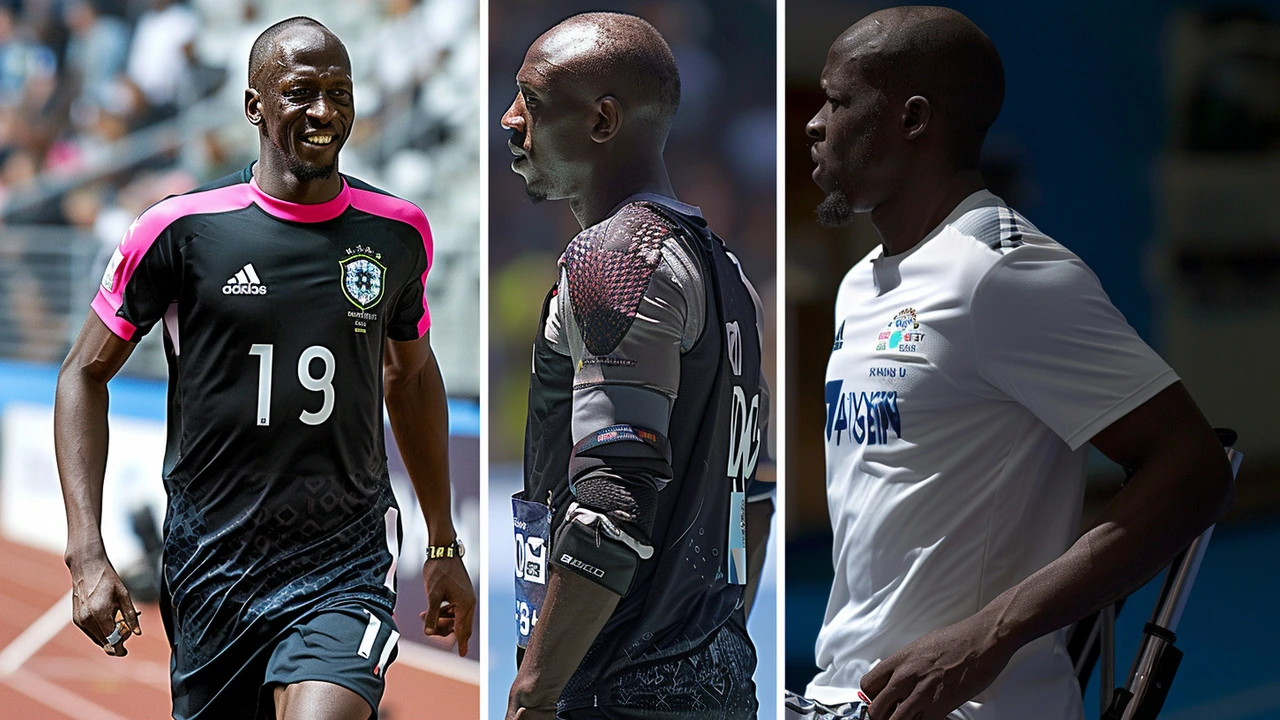Sports Injury: fast news, prevention and recovery
Sports injuries hit pros and weekend players alike. Headlines show it all — Luka Doncic missed his Lakers debut with a calf issue, Messi missed time with a knock, and Paulo Dybala left a Europa League game injured. This tag page collects the latest injury news and gives simple, practical advice for what to do and how to recover.
What to do right away
If you or a teammate gets hurt, stop playing and check the situation. Protect the area, control any bleeding, and apply a cold pack to limit swelling. The basic approach for many sprains and strains is rest, ice, compression, elevation while you get a pro opinion. If you cannot bear weight, feel numbness, see deformity, or have intense pain, seek medical help right away.
Take photos of the injury and write a quick note about how it happened and when symptoms started. That helps trainers and clinicians make faster decisions and set a clear plan for the first 48 hours.
Rehab and safe return
Rehab should be structured and progressive, not random exercises. Start with gentle mobility and pain free range of motion, add controlled strengthening, then sport specific drills. Timelines vary: small sprains can heal in weeks, hamstring strains often take weeks to months, and ligament surgery may need many months. Use objective checks like strength symmetry and pain free sport movements before full clearance.
Small, consistent rehab sessions beat one long session once a week. Don’t rush return; re injury is common when athletes go back too fast. Sleep, nutrition, and steady progression speed recovery and lower the chance of setbacks.
Preventing injuries starts with a proper warm up, balanced strength work, and steady progress in training load. Monitor minutes and intensity each week and avoid sudden jumps in volume. Good footwear, taping or bracing when recommended, and regular mobility checks help reduce risk.
Mental recovery is real; fear of re injury changes movement patterns and raises risk. Use controlled exposure to game speed and get psychological support if anxiety holds you back.
On Africa Daily Dispatch we flag injury updates in match reports, note estimated timelines, and share expert takes when available. Expect clear, practical pieces — who is hurt, how it happened, likely recovery steps, and what it means for team plans. For training tips, rehab checklists, or fast injury alerts, follow this tag and check our updates after every big match.
Coaches and parents play a big role with young athletes — track training hours, encourage rest days, and avoid specializing too early. If pain lasts more than two weeks despite rest and basic care, seek a specialist who can diagnose with targeted tests and guide a clear plan.
Imaging like ultrasound or MRI is used when structure damage is suspected but a good clinician will not rely on scans alone. Concussions are special — follow formal protocols, remove the athlete from play, and get a trained clinician to clear a stepwise return to activity. Second opinions matter for major surgeries, and shared decisions between athlete, family, and medical staff usually lead to better outcomes.
Bookmark this tag for fast updates, practical tips, and recovery stories every week.
Usain Bolt's Achilles Injury at Soccer Aid: A Setback to His Football Aspirations
Usain Bolt, legendary sprinter, suffered a ruptured Achilles tendon during Soccer Aid, a charity match for UNICEF. This severe injury could require surgery and put his budding football career on hold. Bolt’s transition from track to football faces a major challenge as he grapples with this significant setback.
